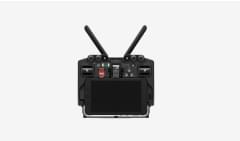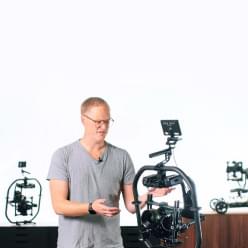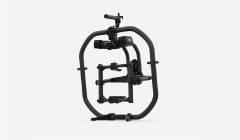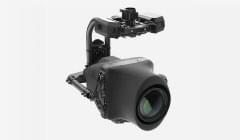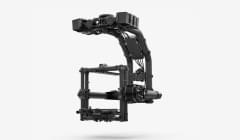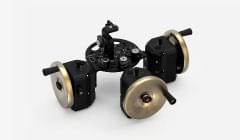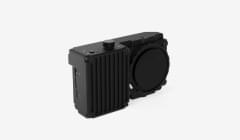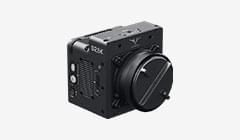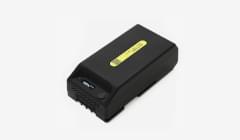How do I use my USB PD to XT30 Adapter?
These adapters are one part of a power solution for your equipment. Each adapter is pre-programmed to request a specific voltage — either 5V, 9V, 15V, or 20V — from a USB-C Power Delivery (PD) source.
The adapter communicates with the USB-C power supply to negotiate the specific voltage and the maximum current that can be safely provided. This ensures your device receives the correct power level, and an LED on the adapter indicates the current capability negotiated with the USB power supply.
USB-C PD Power Supply and USB-C Cable
You’ll need to provide a USB-C power supply and USB-C cable with the appropriate rating depending on the adapter version you’ve purchased:
- 5V, 9V or 15V: up to 3A output with a 60W+ USB-C PD Power Supply (many 45W chargers will work, but your mileage may vary)
- 20V: up to 5A with a 100W+ USB-C PD Power Supply, and a 5A-rated, E-marked USB-C cable
Device Cables
- We offer a XT30 to 4-pin Microfit cable suited for the Freefly Ember cameras.
- 3rd party devices – You’ll also need a cable to connect to your device. The adapter has a female XT30 connector, so your cable needs to have a XT30 male connector.
LED Indicator on Adapter
When connected to a USB PD power supply and your equipment the LED will tell you how many amps are being supplied, based on the input.
- Green LED means at least 3A can be supplied to your equipment.
- Blue LED means at least 0.5A can be supplied to your equipment.
- No LED means the adapter could not negotiate power — this may be due to an unsupported voltage, a broken cable, or inrush current protection triggering.
Using with Freefly Equipment
- For Ember S5K or S2.5K:
- Use a 60W+ USB-C PD power supply with a 20V adapter and a USB-C cable. Confirm that the green LED illuminates, indicating successful 3A negotiation.
Using with 3rd Party Equipment
- Match the Voltage: Ensure your device’s input voltage range matches the output of the adapter (5V, 9V, 15V, or 20V, depending on the version you have). Connecting a device that expects a different voltage can damage the equipment.
- Stay Within Current Limits: Do not exceed the current capability of your USB-C power supply or cable. If your device tries to draw more current than the supply or cable supports, the power supply may shut down.
- Limit Inrush Current: Devices with large input capacitors (above 400μF) may cause inrush current spikes that trigger overcurrent protection in the power supply or potentially damage the adapter. For best results, use equipment with moderate input capacitance or add inrush current limiting.
Still need help? Get in touch with our support team.
Contact Us

